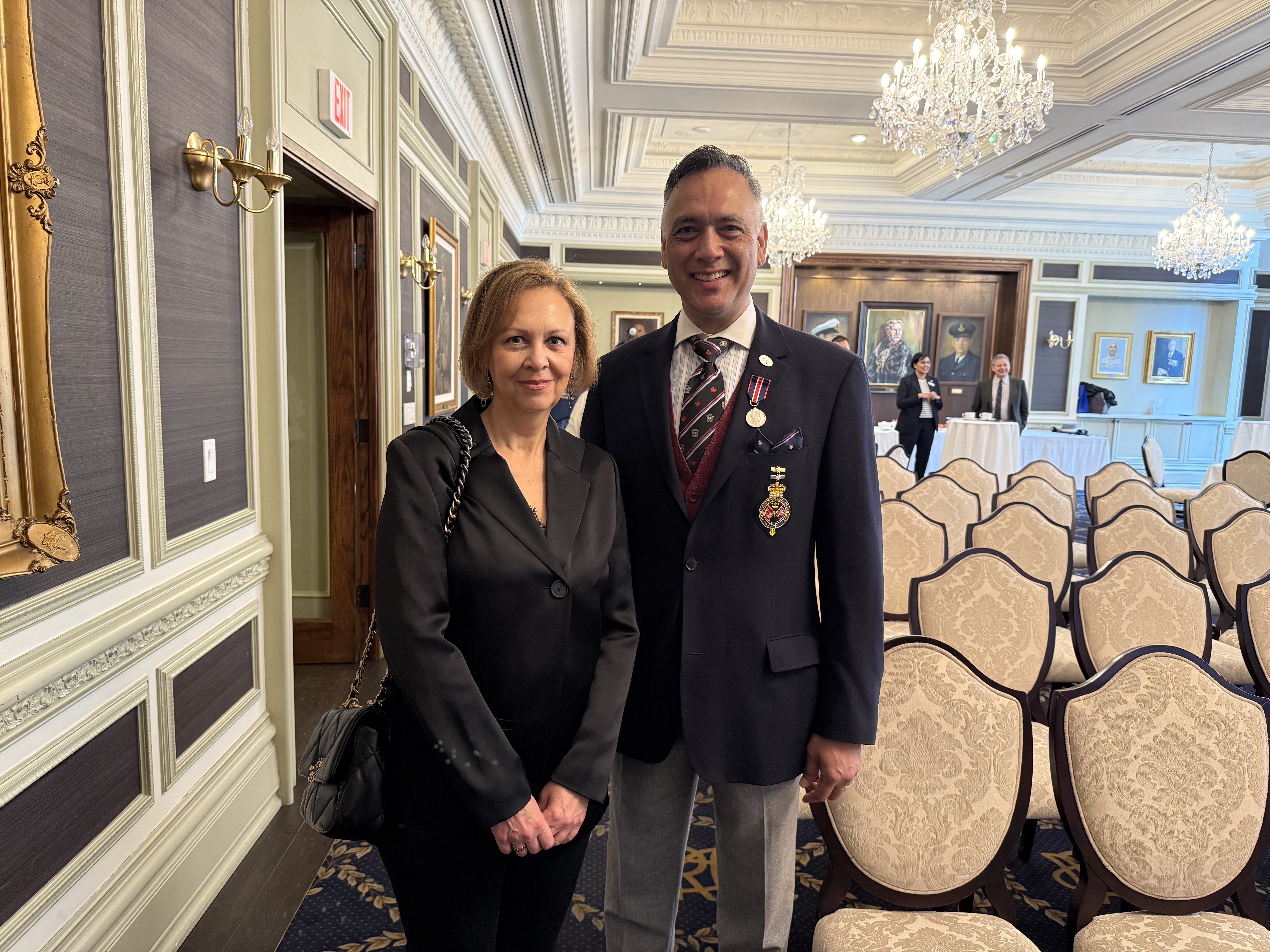Nuremberg: the room where the trials took place
January 27 is recognized around the world as Holocaust Memorial Day. In honour of it, I wanted to write about an important room which captured the world’s attention 75 years ago.
I had visited Nuremberg, Germany a few years ago while on a river cruise with Viking Cruises. Nuremberg is a lovely city and, of course, it is best known around the world for the Nuremberg Trials.
Our day excursion included touring the Nazi Party Rally Grounds and the Palace of Justice, where the famous Nuremberg Trials took place post-World War II to hold accountable Nazi war criminals. The most famous of them all, the Major War Criminals’ Trial of 1945-46, saw twenty-four people indicted and six Nazi organizations determined to be criminal (including the notorious Gestapo). I would like to share with you not all the details of the trials, but what made this room significant.

Along with about a couple dozen of other tourists, I sat quietly in the courtroom inside the Palace of Justice where the drama had unfolded, as I listened to a history lecture.
The courtroom, with its wooden panels on the walls, was dimly lit. Taking in the stillness of the room and the horrendous stories told here so long ago sent a shiver up my spine. Infamous rooms will do that to you. I love to learn and I was leaning in to the lecturer’s stories of men being prosecuted for their involvement in war crimes and crimes against humanity, including the horrendous deaths of millions of Jews and so many others in the Holocaust. Many were sent to prison and some sentenced to death.
Dark and grim for sure, but thankfully our lecturer, who was a Nazi Party scholar, had a sense of humour, which was welcoming to lift the darkness that draped us. In fact, the group was so intensively enthralled with the lecture, that if anyone said anything loud or even sneezed that person would be promptly told off (yes, me being one of them).
But this courtroom, while it doesn’t look like much, has a history that represents so much more. This room represents many firsts:
– the first international trial of war criminals, leading the way to establishing international law including the UN Genocide Convention (1948) and Universal Declaration of Human Rights (1948), and the Geneva Convention on the Laws and Customs of War (1949).
– since the defendants and judges spoke several languages, there was rapid technology innovation for a means to create instant translation into many languages at once (English, French, German and Russian) – a technology we use today for gatherings of world leaders.
– the room had to be made larger and adapted to accommodate media from all over the world due to international news interest, making it the first and largest truly international media scrum. In fact, the room was so bright with camera lights that some defendants allegedly wore sunglasses. After the trials, the room was returned to what it looked like before the trials.
I am grateful to have had the opportunity to visit this room because I learned a lot about world history. From my experience, there may be a tendency to avoid touring places with a dark history, but I would suggest that, instead, you lean in because it can be a tremendous education and learning experience. To me, that is what travel is about.
Shannon Skinner is a broadcaster, author, speaker and travel and wine writing and consultant.





